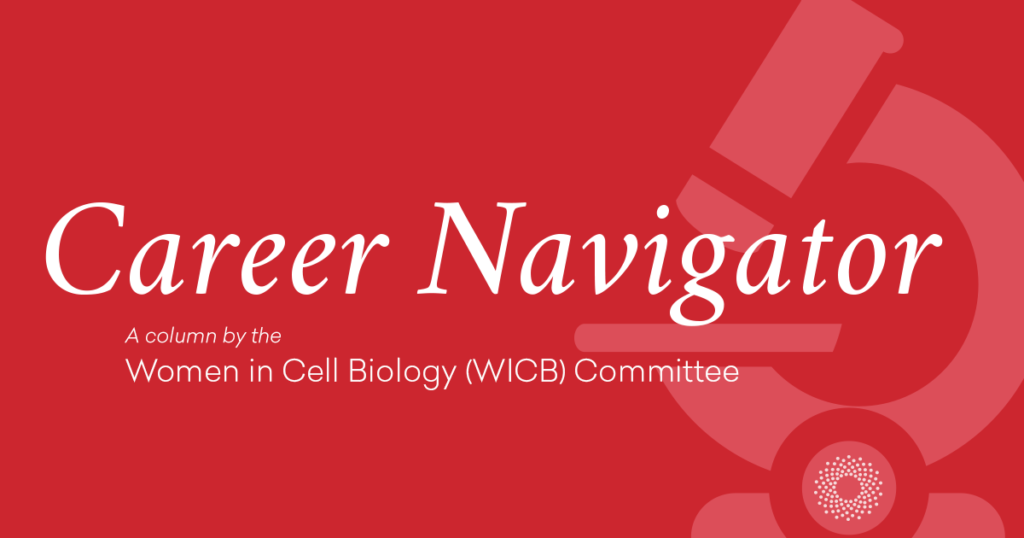In this blog post, biology education researchers Sarah L. Eddy and Aramati Casper describe how to support intersex and queer students through language choices and biologically accurate content.
“It’s completely erasure”: A Qualitative Exploration of Experiences of Transgender, Nonbinary, Gender Nonconforming, and Questioning Students in Biology Courses
Abstract
Biology is the study of the diversity of life, which includes diversity in sex, gender, and sexual, romantic, and related orientations. However, a small body of literature suggests that undergraduate biology courses focus on only a narrow representation of this diversity (binary sexes, heterosexual orientations, etc.). In this study, we interviewed students with queer genders to understand the messages about sex, gender, and orientation they encountered in biology and the impact of these messages on them. We found five overarching themes in these interviews. Students described two narratives about sex, gender, and orientation in their biology classes that made biology implicitly exclusionary. These narratives harmed students by impacting their sense of belonging, career preparation, and interest in biology content. However, students employed a range of resilience strategies to resist these harms. Finally, students described the currently unrealized potential for biology and biology courses to validate queer identities by representing the diversity in sex and orientation in biology. We provide teaching suggestions derived from student interviews for making biology more queer-inclusive.
[Update] Sex and Gender Inclusivity in Pedigree Nomenclature
This focused revision addresses the need to denote sex assigned at birth and gender in pedigree nomenclature. It clarifies the use of symbols and language to ensure safe and inclusive genetic counseling for people who are gender-diverse or transgender.
Bennett, R. L., French, K. S., Resta, R. G., & Austin, J. (2022). Practice resource-focused revision: Standardized pedigree nomenclature update centered on sex and gender inclusivity: A practice resource of the National Society of Genetic Counselors. Journal of Genetic Counseling, 00, 1–11. https://doi.org/10.1002/jgc4.1621
Signaling Inclusivity in Genetics Topics - Article by Karen G. Hales
College professor Karen G. Hales wrote this article suggesting options for gender-inclusive adaptation of language within genetics courses at the college undergraduate level. Topics include biological sex, parenthood, genetic traits, and pedigree charts. This article is open access through Life Sciences Education Journal, Vol. 19, No. 2.
Hales KG. Signaling Inclusivity in Undergraduate Biology Courses through Deliberate Framing of Genetics Topics Relevant to Gender Identity, Disability, and Race. CBE Life Sci Educ. 2020 Jun;19(2):es2. doi: 10.1187/cbe.19-08-0156. PMID: 32357097.
Growing a Gender-Inclusive Biology Curriculum - in Teach Magazine
Image shows the silhouette of a person standing with arms raised and a DNA double helix running across the page. Both figures are colored in multicolored dots. Text reads, “Biology is the study of a diverse range of living things, and biology affirms all genders.”
Sam wrote this introductory article in TEACH Magazine’s 2019 Special Issue: “Out of the Closet and Into the Classroom”. The magazine is based in Canada and all articles are available in English and French.
Diversity Is What Makes It Interesting To Study Living Things - in Rethinking Schools
Diversity Is What Makes It Interesting To Study Living Things
In this article from Rethinking Schools, I recount a few instances of gender-inclusive teaching in my genetics unit, and how students responded.
Caption: An illustration of a man with dark hair standing in front of a classroom of students. In the foreground, a student with dark skin and hair with purple streaks in it is sitting and raising a hand. The speech bubble rising shows two conjoined circles filled with a rainbow spectrum. The speech bubble rising from the man shows a black circle separated by a slash from a white circle, followed by a question mark.





